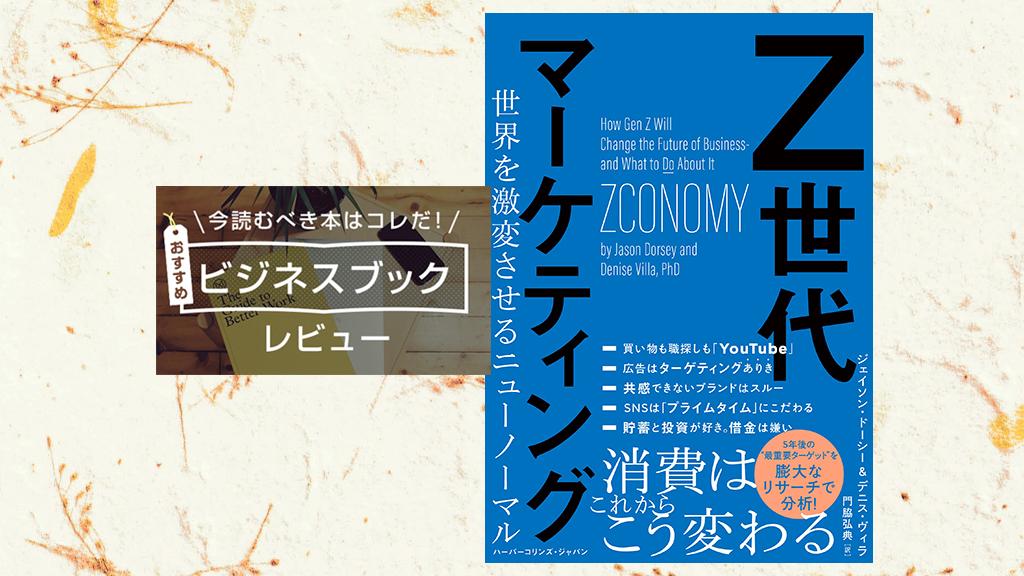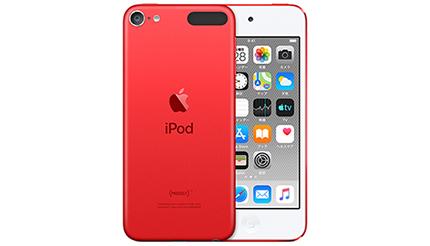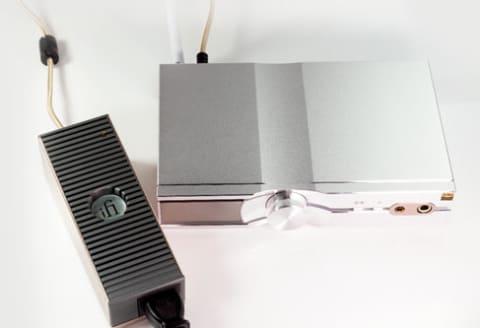On October 22nd, 2021, Toshiba will implement conventional optical components for "transmitting" and "receiving" of quantum cryptographic keys, which are the main constituent functions of quantum cryptography communication systems, and "random number generation" for that purpose. He announced that he has developed a "quantum transmitter chip", "quantum receiver chip", and "quantum random number generator chip" that have been integrated into optical integrated circuits, and has successfully demonstrated a "chip-based quantum cryptography communication system" that implements these chips. According to the company, it is the world's first implementation of quantum cryptographic communication based on optical integrated circuits. With this semiconductor chip, it will be possible to expand the scope of application of quantum cryptography communication to areas such as monitoring by IoT (Internet of Things) equipment in plants and confidentiality of industrial information in sharing design and manufacturing data between factories. It says. In the future, we plan to proceed with research and development toward practical application in 2024.
Prototype optical integrated circuit and "chip-based quantum cryptography communication system". From the upper left, "quantum transmission chip", "quantum reception chip", "quantum random number generation chip". The lower part is a chip-based quantum cryptography communication system [Click to enlarge] Source: ToshibaIt is expected to be a new security measure against security threats in the era of quantum computers with enormous computing power. is quantum cryptography. The related market is expected to reach approximately US$20 billion (approximately 2.1 trillion yen) in FY2035. Toshiba is also focusing on development, and has been commercializing it ahead of other companies since October 2020, and has won the semi-grand prix in the solution category of the "CEATEC Award 2021".
However, the quantum cryptography communication system currently being commercialized consists of a complex optical circuit implemented with optical parts such as lasers and beam splitters, and is mainly used in the financial and medical fields where large-scale system construction is required. It is expected to be used in various fields. In order to expand the current limited scope of application to areas such as monitoring social infrastructure and plants using IoT devices, and concealing industrial information in sharing design and manufacturing data between factories, it is necessary to reduce the size and weight of the system. It was essential to reduce power consumption and reduce power consumption.

The development of this semiconductor chip is a development result that leads to the solution of these issues. Specifically, Toshiba Europe's Cambridge Research Laboratories has developed the world's first "chip-based quantum cryptography communication system" that enables real-time encrypted communication by chipping the main functions of a quantum cryptography communication system. was developed and successfully demonstrated.
Development at Toshiba Europe's Cambridge Research Laboratories [Click to enlarge] Source: ToshibaQuantum cryptographic communication is a cipher delivered by quantum bits represented by the phase of a weak optical signal. A key is used to encrypt and communicate data. The newly developed system consists of a "quantum transmitter" that transmits these qubits, a "quantum receiver" that receives them, and a "quantum random number generator" that generates the highly uniform random numbers necessary to prepare the encryption key. was chipped. The size of the prototype chip is 2x6mm for the quantum transmitter chip, 8x8mm for the quantum receiver chip, and 2x6mm for the quantum random number generator chip. can be mass-produced using
Overview of chip-based quantum cryptography communication system [Click to enlarge] Source: ToshibaA chip-based quantum cryptography communication system consisting of these three semiconductor chips uses an optical fiber with a length of 50km. In addition to demonstrating long-distance encryption key distribution, we also succeeded in encrypting data and performing real-time encrypted communication by delivering the generated encryption key to a commercially available 100 Gb/s encryption device. Also, in an experiment using an optical fiber with a length of 10 km assuming intra-city communication, the encryption key generation speed reached 470 kbps on average for 5.5 days of continuous operation, which can be used for video calls. It's a level.
The prototype system can be implemented in a size that fits in a 1U size rack mount module that can be implemented in a standard communication infrastructure. The external dimensions of the quantum cryptography communication system that Toshiba is currently commercializing is a standard 19-inch rack mount size of 3U. There will be It is also said that weight reduction and low power consumption have been achieved.
In addition, the details of the development results were published in "Nature Photonics" published on October 21, 2021. In addition, some of the development results have been supported by InnovateUK's joint research and development project "AQuaSeC (Agile Quantum Safe Communications)" through the UK government's Industrial Strategy Challenge Fund. At AQuaSeC, Toshiba Europe is coordinating 15 organizations to prototype and verify a quantum cryptography communication system using optical integrated circuits, and to demonstrate its advantages to users.
⇒Click here for other "Embedded Development News" articles




